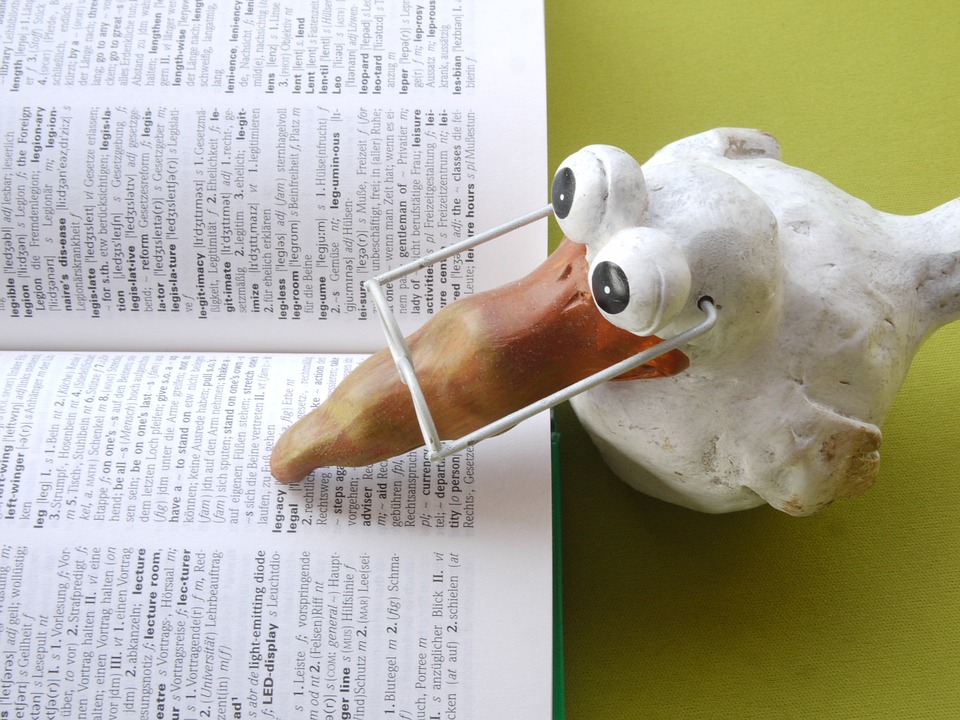Major Fields of Linguistics operates at phonological, morphological, syntactic and semantic levels. The scope of linguistics is as wide as these areas and the following branches of linguistics study them specifically.
(a) Phonetics (b) Phonology (c) Phonotactics (d) Morphophonemics (e) Morphology (f) Syntax and (g) Semantics.
(a) Phonetics:
Phonetics studies the production, reception and perception of speech sounds in general and classifies them according to a universal standard prior to phonemic analysis. Linguists have divided general phonetics into acoustic phonetics, articulatory phonetics and auditory phonetics.
Acoustic phonetics studies the physical properties of speech sounds. To describe these properties acoustic phoneticians record sounds on a machine called spectrograph. The spectrograph prints out representations of the stream of sound. Each speech sound has its own specific frequency. The spectrograph faithfully records all the physical properties of the speech sounds and shows how one speech sound differs from the other.
Articulatory phonetics is concerned with the production of speech. It studies the organs of speech, the quality of speech sounds and classifies them into different groups on the basis of airstream mechanism, position of glottis, lowering or raising of the velum, place of articulation and manner of articulation. It scientifically classifies speech sounds into vowels, semivowels and consonants.
Auditory phonetics studies how we listen to the speech sounds. When we speak, sound waves spread in all directions. The movement of air waves is just like that of the water waves in a pond when we throw a stone into it. The air waves make a rhythmical series of pressures on the ear drum. Each speech sound has its own specific rhythm and pressure and this is why we are in a position to make distinction between two speech sounds.
Phoneticians have recognised and classified almost all the sounds of important languages of the world and developed a notation called International Phonetic Alphabet (IPA) to transcribe them. Without the help of International Phonetic Alphabet it would be difficult indeed to contrast the sound system of one language with that of the other. Now we know that the consonant [d3] in the English word judge is different from the Hindi [J] and that a Hindi speaker uses [J] for the English [d3l, [zj and [3].
(b) Phonology.
Phonology is concerned with the sound system of a language. General phonetics tells us about the properties of speech sounds but will not specify which speech sounds are recognised by a particular language. Out of a large number of speech sounds only a limited set is recognised by a language. We have already seen that Hindi speakers do not recognise the English [d3], [z] and [3] and replace them by [j|. Likewise the English people do not make special distinction between [p] and [ph]. For them both are the same speech sounds but a Hindi speaker makes distinction between them. English speakers recognise twenty vowels and twenty-four consonants. These forty-four vowels and consonants are called phonemes. Phonology groups the speech sounds of a language into phonemes. For phonetics [p] and [ph] are two phones. For phonology they are allophones of the same phoneme in English but two phonemes in Hindi.
(c) Phonotactics:
Phonotactics studies how phonemes are combined with one another. Each language groups sounds in a special way. Some phonemes may not occur in the beginning of a word, and some at the end of a word. Likewise two consonants may not occur word initially. In English [s] and [t] may occur at the beginning of a word, [s] precedes [t] but [t] and [s] do not, although it is possible that [t] can precede [sj in word initial position in some other language. It is by virtue of his inner knowledge of the phonology of his language that a native speaker makes distinction between his own language and a foreign language.
(d) Morphophonemics:
It studies the different realizations of a morpheme. The morpheme divine |di’vain| is |di’vin| in divinity |di’viniti|. It follows then that the morpheme divine has two forms. So is the case with the plural morpheme -s/-es. It has three forms |z| as in day+s-»days |deiz| and mango+es->mangoes |maer\geuz|, |iz| in church+es->churches |tJ3:tJiz| and |s| in cat+s—>cats |kaets|. Morphophonemics tries to explain how the base morphemes take other forms when they come in contact with other morphemes.
(e) Morphology:
It studies the structure of words in terms of morphemes. Language is a structured system. Its largest unit is sentence which can be divided into clauses and a clause can be divided into phrases. A phrase can be divided into words and a word into morphemes. A morpheme can be divided into phonemes which cannot be further divided. Earlier, the word was supposed to be the smallest unit of a language and this was because the spoken form was not considered worth analysis. But the assumption that the word was the smallest unit posed problems. Bloomfield, therefore, posited the concept of morpheme. In a word like “nationalisation” we have the morphemes nation+al+ise+ation. If we consider the word “nationalisation” the smallest unit, we shall be nowhere. Morphology studies how words are formed and structured.
(f) Syntax:
Syntax studies the structure of sentences. Every language has a special way of organising words into sentences. A native speaker is able to make distinction between a sentence and a non-sentence. He will say that the sentence “He went home hurriedly” is an English sentence but “Home went hurriedly he” is not. This branch of linguistics describes and theories how a native speaker produces sentences.
(g) Semantics:
Semantics is that branch of linguistics which studies meaning in general. It tries to know the meaning of a word and a structure in different ages. For example, the word “meat” meant food upto the seventeenth century and still is used in this sense in the word “sweetmeat” but in general it is related to flesh. Similarly, in Shakespeare’s time two negatives made a sentence negative in meaning but nowadays they make it positive.
